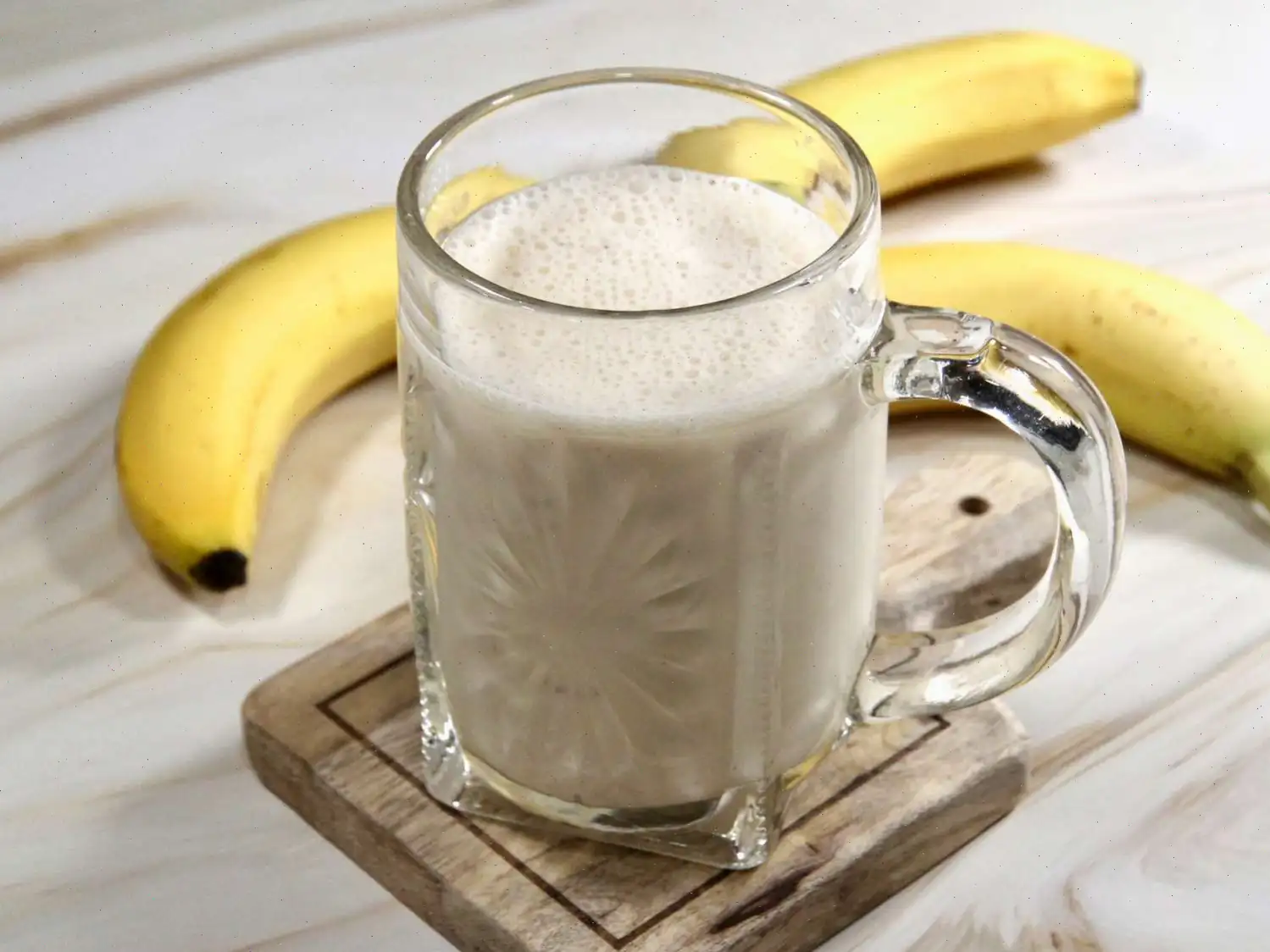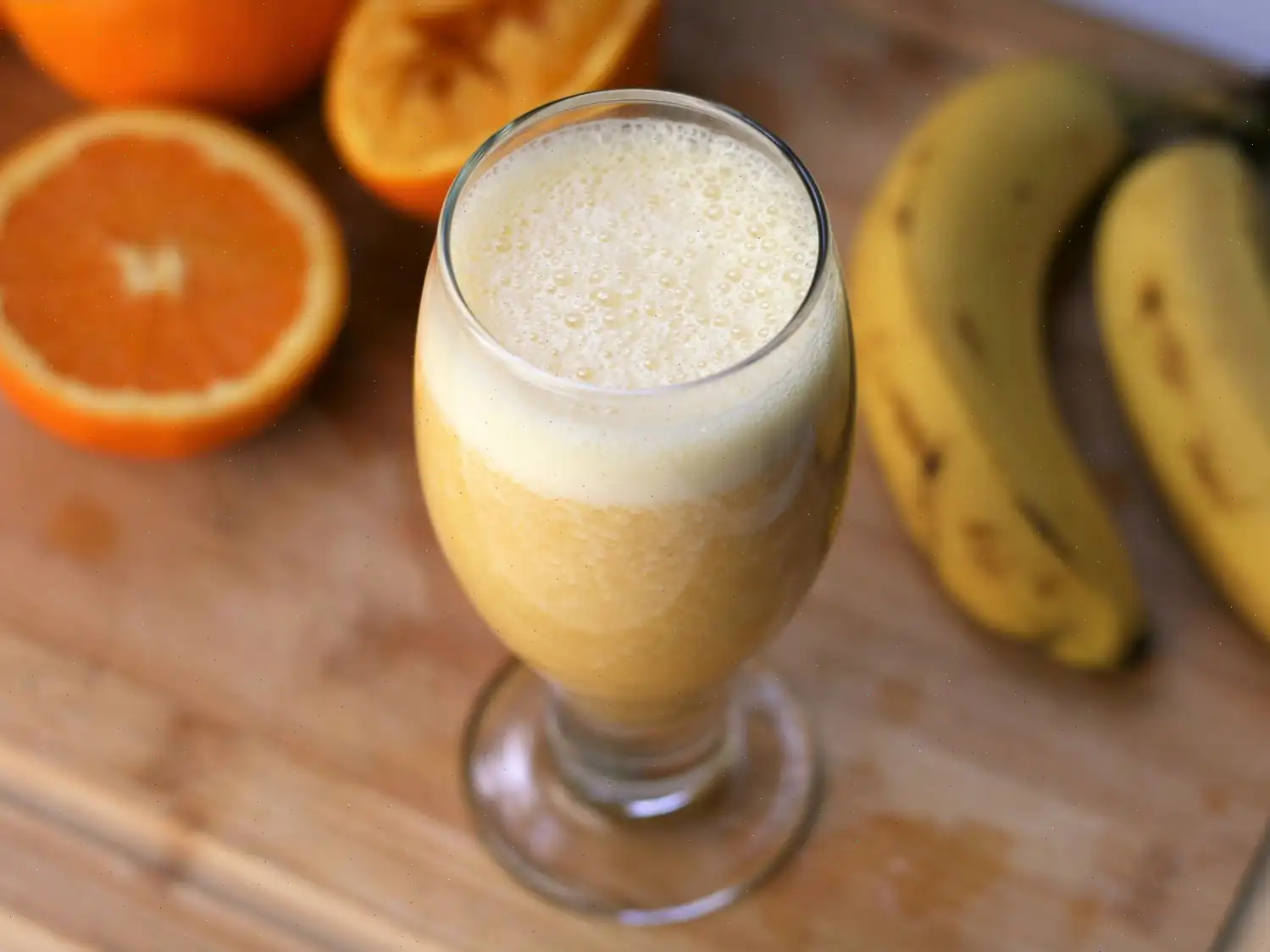
Apple Cider Syrup Recipe
Ingredients
This recipe yields 12 servings. Quantities are automatically adjustable, but cooking times remain the same. Note: scaling may affect final texture and flavor.
- 2 whole cloves
- 1 star anise
- 1 cinnamon stick
- 6 cups apple cider
Directions
- Gather the cloves, star anise, and cinnamon stick. Wrap them securely in a small piece of cheesecloth to create a spice sachet.
- Place the spice bag in a large saucepan and pour in the apple cider, ensuring the spices are fully submerged.
- Bring the mixture to a vigorous boil over high heat.
- Once boiling, lower the heat to medium and let it simmer uncovered for about 30 minutes. This allows the flavors to infuse.
- Remove the spice bag and discard it. Continue simmering the cider until it reduces to roughly 3/4 cup, which should take about 1 hour. Stir occasionally.
- Allow the cider to cool completely at room temperature, then transfer it to a covered and chill until ready to serve. It can be stored in the refrigerator for up to 3 weeks.
Nutrition Facts (per serving)
- Calories: 57
- Fat: 0g
- Carbohydrates: 14g
- Protein: 0g
- Sodium: 5mg
- Sugars: 12g
- Vitamin C: 48mg
- Calcium: 11mg
- Iron: 0mg
- Potassium: 126mg
* Percent Daily Values are based on a 2,000 calorie diet. Values may vary depending on individual needs. Nutrient data may not be available for all ingredients.
The Story Behind Apple Cider Syrup
Apple cider syrup has its roots in early American colonial cuisine, when settlers sought ways to preserve the abundant apple harvests of autumn. By simmering fresh apple cider down to a thick, concentrated syrup, they created a versatile sweetener that could be used year-round. Originally, this syrup served as a natural sweetener before refined sugar became widely available, and it was often incorporated into pies, pancakes, and beverages. Its creation reflects a broader tradition of turning perishable fruit into long-lasting products, similar to jams and preserves.
Regional Characteristics
This syrup is particularly associated with the Northeastern United States, where apple orchards have thrived since colonial times. In regions like New England and upstate New York, apple cider syrup is often infused with warming spices such as cinnamon, cloves, and star anise, giving it a distinct seasonal flavor profile. In contrast, in the Midwest, simpler versions with just cider and sugar are more common, emphasizing the pure apple taste. Regional variations also affect consistency, with some areas preferring a thicker syrup suitable for drizzling, while others make it slightly runnier to mix into drinks.
Distinguishing Features Compared to Similar Dishes
Apple cider syrup differs from apple butter, apple jam, and standard maple syrup in several key ways. Unlike apple butter, which uses pureed apples and sugar, cider syrup is made solely from reducing liquid cider, giving it a clearer, more translucent appearance. Compared to jam, it contains no fruit pulp or chunks, and unlike maple syrup, its flavor is fruity and lightly spiced rather than dominated by caramelized sap. This balance of sweetness, fruitiness, and aromatic spices makes it uniquely versatile in both desserts and beverages.
Common Occasions and Serving Suggestions
Apple cider syrup is commonly served in both casual and festive settings. It is a favorite drizzle over pancakes, waffles, and French toast during autumn breakfasts. Bartenders also use it as a flavorful addition to cocktails, particularly spiced or apple-themed drinks. At holiday gatherings, it may be offered alongside cheese plates or poured over roasted root vegetables to add a subtle sweetness. Some families even use it as a topping for ice cream or yogurt, highlighting its adaptability across both sweet and savory dishes.
Fun and Interesting Facts
- Apple cider syrup has a long shelf life when refrigerated, often lasting up to three weeks.
- It can be made from both fresh-pressed cider and store-bought cider, though fresh cider yields a brighter flavor.
- The inclusion of whole spices like cloves and star anise not only enhances taste but historically helped preserve the syrup longer.
- Some New England farmers still produce apple cider syrup commercially, continuing a tradition that dates back centuries.
- It has occasionally been used as a natural sweetener in baked goods, replacing refined sugar for a richer, more complex flavor.








